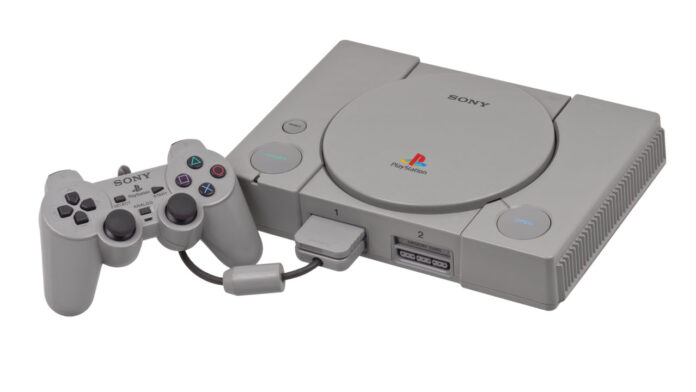Although Capcom gained fame as a console game developer during the Famicom era (NES in Japan), establishing itself outside the arcade game market with hits like Mega Man, it did not necessarily mean they were profiting much. Capcom veteran and Street Fighter II producer Yoshiki Okamoto recently discussed this topic on his personal YouTube channel (via Automaton), explaining how difficult it was for third-parties like Capcom to profit from producing Famicom games.
Although he acknowledges there might be some exceptions, Okamoto states that, besides Nintendo itself, most companies involved in producing and distributing Famicom game cartridges 40 years ago did not make much profit (including retailers), despite the console selling 60 million units and creating a huge market.
Releasing Games on Famicom Was Expensive
“Let’s say a Famicom cartridge sold for ¥10,000 at retail. Of that total, ¥3,000 went to the retailer. ¥4,000 went to the software developer, like Capcom, and ¥3,000 went to Nintendo. Of Nintendo’s ¥3,000, about ¥1,500 went to manufacturing companies. Because Nintendo received payment upfront for the exact number of copies, manufactured the cartridges, and delivered them, what happened after that didn’t matter to them. In other words, only Nintendo had a guaranteed profit,” explains Okamoto.
But for companies like Capcom, which were new to the industry and didn’t have much cash on hand, paying ¥3,000 per unit upfront was a heavy financial burden. The only solution was to take out bank loans to pay Nintendo. After receiving payment, Nintendo took 1.5 to 3 months to deliver the cartridges. Capcom would then ship them to distributors and issue invoices, but instead of immediate payment, it received promissory notes that wouldn’t become cash until 90 days after the product was sold.
Thus, between the 3 months of production and the 3 months waiting for payment, Capcom accumulated 6 months of bank interest. When this interest was added to development, marketing, and other costs, the company, according to Okamoto, ended up with minimal profit margin.
Another related problem Okamoto highlights is unsold inventory. Since game cartridges took up to three months to produce, developers had to order slightly above estimates because extra shipments couldn’t arrive in time (while the game was still relevant), resulting in missed opportunities if stock ran out. This would create the problem of leftover stock, which would cost the developer the exorbitant amount of ¥3,000 per unit, once again wiping out profits.
PS1 Changes the Landscape
These kinds of problems, according to Okamoto, are the reason why the PS1 launch was so revolutionary for third-party developers. “Capcom’s profits skyrocketed when switching from cartridges to discs,” he comments. The biggest factor was the difference in how Sony handled returns compared to Nintendo.
“Let’s say Capcom paid Sony ¥1,800 per disc. The CD manufacturing cost was ¥200 and the remaining ¥1,600 was Sony’s portion.” However, if Capcom returned unsold CDs, Sony would refund the ¥1,600 it received as its portion, charging only the ¥200 manufacturing cost. Nintendo did not do this, making leftover stock a huge expense for third-parties.
Additionally, Okamoto points out that replenishment speed drastically improved with PlayStation, as Sony could deliver extra shipments of discs within a week. Thanks to this, developers were able to respond to sudden spikes in interest and “ride the wave” of their titles’ popularity for longer, leading to bigger profits.
Although he reiterates that the Famicom cartridge system “only really benefited Nintendo,” Okamoto emphasizes that the NES and SNES eras were still crucial for Capcom to build a player base and establish its console gaming division.




